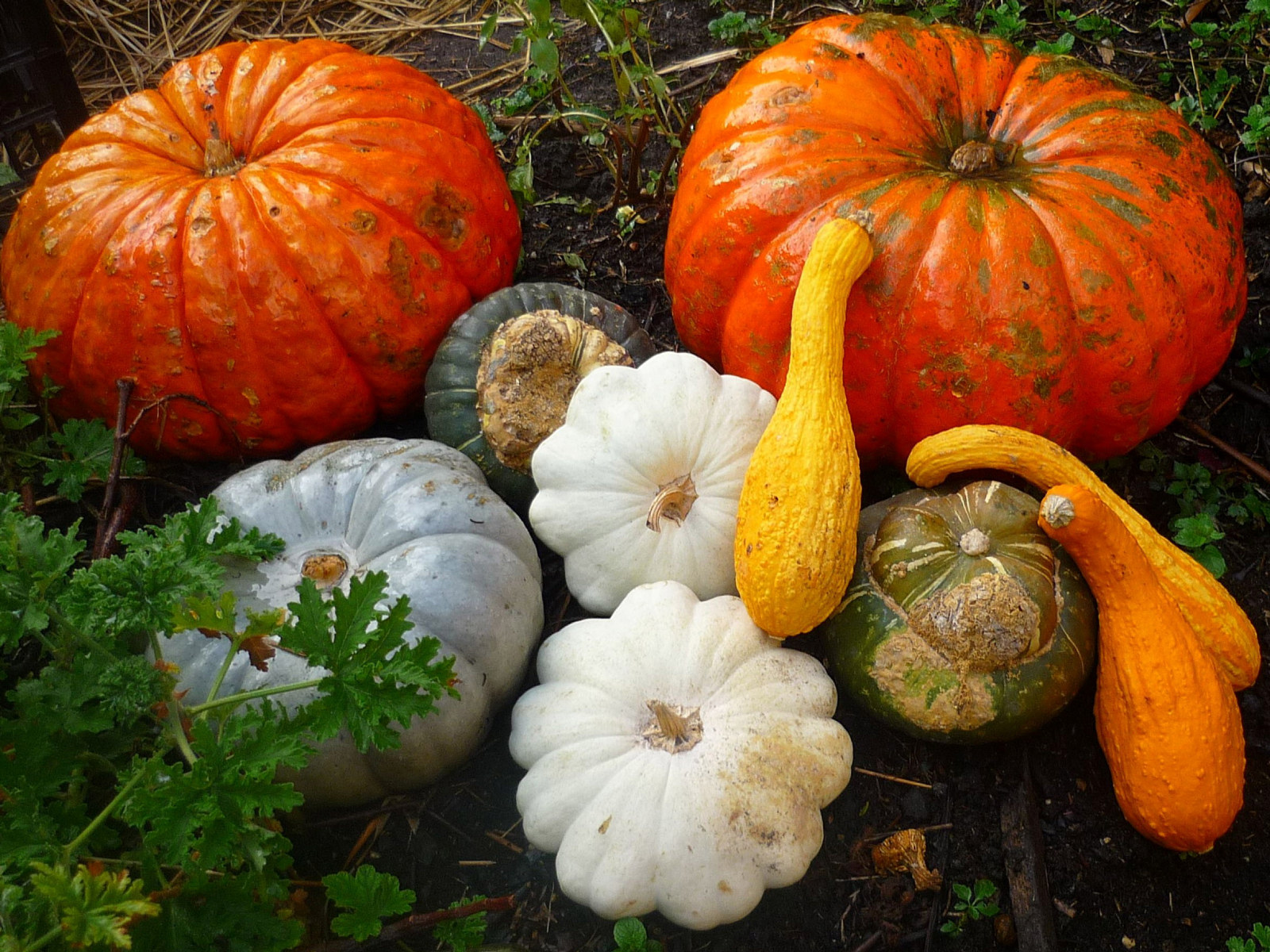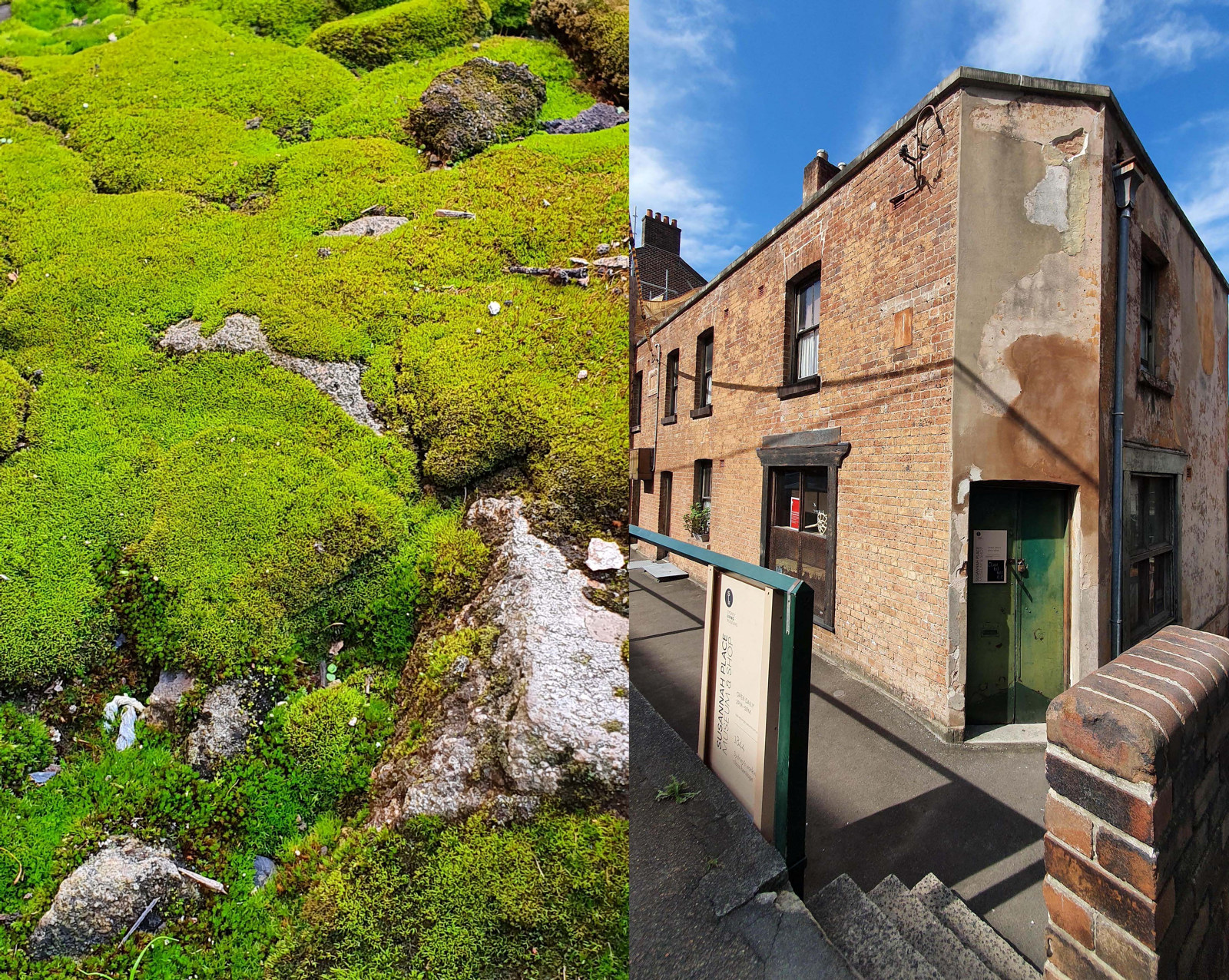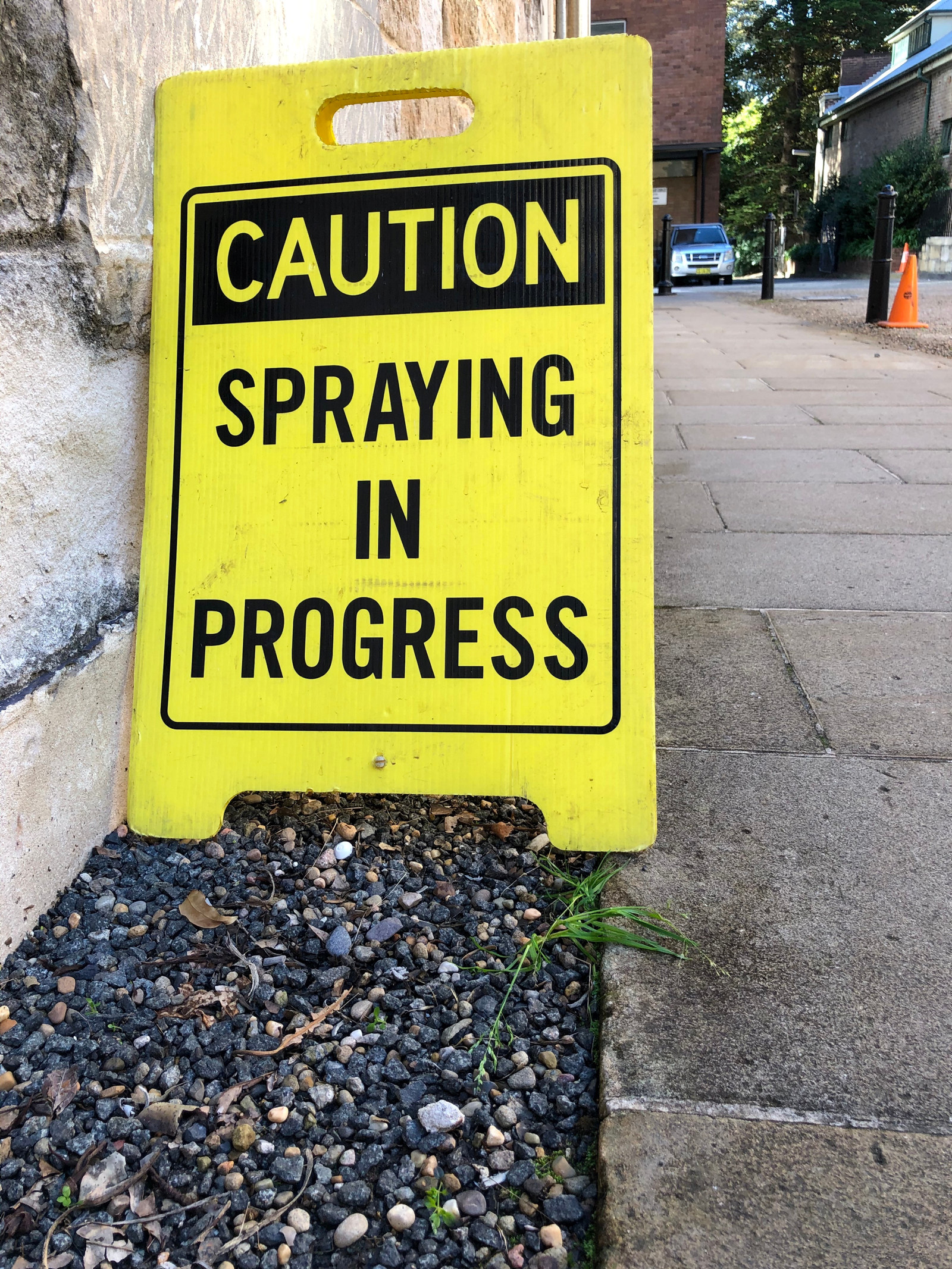Summer scorchers don’t trouble this old-fashioned beauty
Crepe Myrtles (Lagerstroemia indica) flaunt their crayon-pastel coloured flowers from Christmas until the end of February and revel in hot summer weather. Their flowering season peaks in late January, sometimes with a second flush of bloom a few weeks later. No amount of summer heat seems to faze these tough little trees, so long as there is some soil moisture.
They grow happily in almost any soil type, but appear to especially revel in clay and large mature specimens can be seen in many streets and older gardens in western Sydney. These are ‘never-say-die’, small ornamental flowering trees that develop a beautiful domed crown of foliage smothered for many weeks during summer in spectacular clusters (called panicles) of crinkled flowers. With age the multi-stemmed trees develop highly decorative bark with cinnamon, red, orange and brown markings and striations.
MHNSW first record of Crepe Myrtles in Australian gardens is 1836, mentioned in Alexander Macleay’s notebook for Elizabeth Bay when he received plants from China. Crepe Myrtles are native to a wide geographic range in East Asia. The Macarthurs were listing Crepe Myrtles for sale in their Camden Park Nursery Catalogues from 1843, with Thomas Shepherd and William Guilfoyle also listing them from the 1850s onwards.
Most of the old trees seen in gardens now are the product of extensive plant breeding and improvements carried out in Brisbane towards the end of the 19th century. This was an early and successful example of horticultural development of cultivated garden plants to meet local growing conditions. E.A. Matthews commenced controlled crosses of preferred forms in the early 1860s. His hybrid plants were later used by Samuel Eaves at Breakfast Creek from the 1860s for back-crossing to Lagerstroemia indica. Using seedling selection and vegetative propagation of improved forms he was able to develop larger flowers in a wider range of colours than the standard carmine pink. Eaves’s plants were later sold in Sydney with cultivar names such as Eaves’s Pink, Eaves’s Dwarf Blue and Eavesii.
Eaves’ and Matthews’ plants were widely marketed in Sydney from about 1905 by the Fergusons nursery family and from the 1940s by Walter Hazelwood & Sons. Hazelwood strongly promoted Eaves’s cultivars, which probably accounts for their widespread planting in Sydney suburban gardens.
The pretty lilac-coloured Crepe Myrtles in the front garden at Rouse Hill were probably planted in the 1950s or 60s when Crepe Myrtles were at the peak of their post-war popularity. At the old Caretaker’s Cottage at the back of the property is a spectacular carmine-pink flowered form currently putting on a dazzling show.
Published on
Plant your history
Browse all
Plant your history
A harvest of melons and pumpkins
Learn how to care for your cucurbits with horticulturist Anita Rayner, read about the great watermelon heist of 1811 and discover some forgotten heirloom varieties

Plant your history
A mossy analogy for Susannah Place: small but mighty
Mosses are everywhere! They are small, mighty, unsung and inhabit the most unusual places. They can be found in all our museum outdoor spaces if one looks closely enough

Plant your history
A new weapon in the war on weeds
A black and yellow sign warns me there is “Spraying in Progress”, and I wonder for a moment why no one is wearing a mask, or even gloves. But the dangerous looking mist enveloping these men is not what it seems

Plant your history
Acanthus - an apt symbol for The Mint
Look at any classical building today, anywhere in the world and chances are you will find an acanthus leaf lurking somewhere
